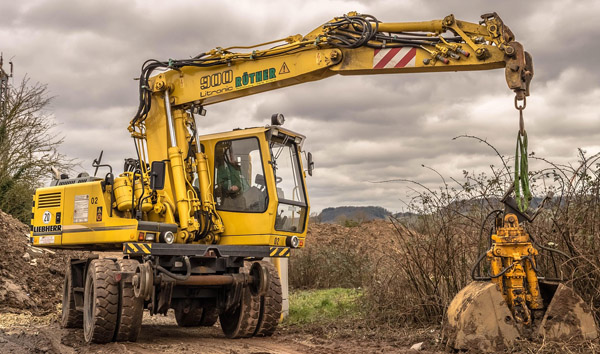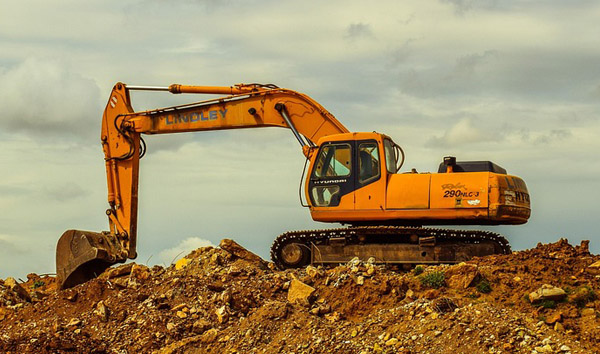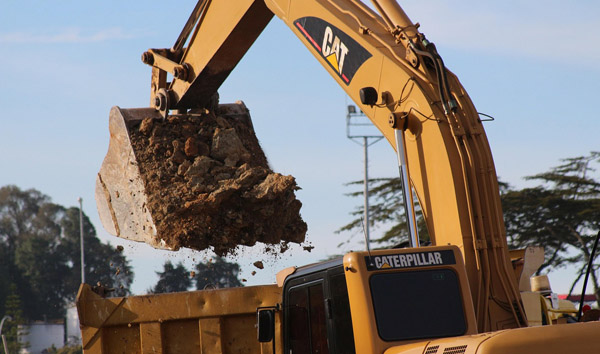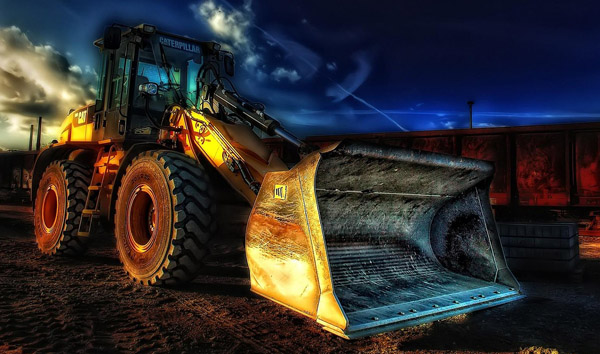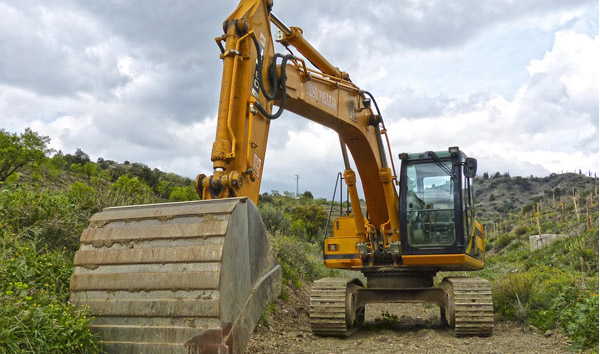Navigating the Robust Capabilities of Modern All-Terrain Forklifts
2025-08-07 04:00:31
All-terrain forklifts are engineered to tackle diverse landscapes, from construction sites to agricultural fields. This report delves into their specifications, highlighting load capacities, engine performance, and terrain adaptability, backed by industry data to underscore their operational efficiency. The all-terrain forklift market has seen a 12% annual growth, driven by demand for versatile material handling solutions. These machines typically feature load capacities ranging from 3,000 to 10,000 lbs, with heavy-duty models exceeding 15,000 lbs for industrial applications. Key specifications include articulated chassis designs and multi-wheel drive systems, ensuring stability on uneven surfaces.
Engine performance is a critical factor in all-terrain forklift specifications. Most models utilize turbocharged diesel engines, delivering 75–150 HP, with emissions compliance meeting Tier 4 Final standards. Advanced hydraulics enable lift heights of up to 20 feet, while oscillating axles provide 30-degree tilt adaptability for slopes. Industry tests show a 20% efficiency boost in fuel consumption compared to traditional forklifts.
Terrain adaptability sets all-terrain forklifts apart. Specifications often include 4WD or 6WD configurations, coupled with puncture-resistant tires rated for mud, gravel, and sand. Ground clearance averages 12–18 inches, with some models offering adjustable suspension for rocky environments. A 2023 study noted a 35% reduction in downtime for businesses using these forklifts in harsh conditions.
Safety features are integral to all-terrain forklift specifications. ROPS/FOPS-certified cabs, anti-slip step systems, and LED lighting for low-visibility operations are standard. Load sensors and stability control algorithms prevent tip-overs, contributing to a 40% decline in workplace incidents reported by OSHA in the last five years.
Future trends in all-terrain forklift specifications point toward electrification. Lithium-ion battery prototypes now offer 8-hour runtimes, with 10% lighter frames enhancing mobility. As automation gains traction, GPS-guided models are projected to dominate 25% of the market by 2026, redefining efficiency in off-road material handling.




